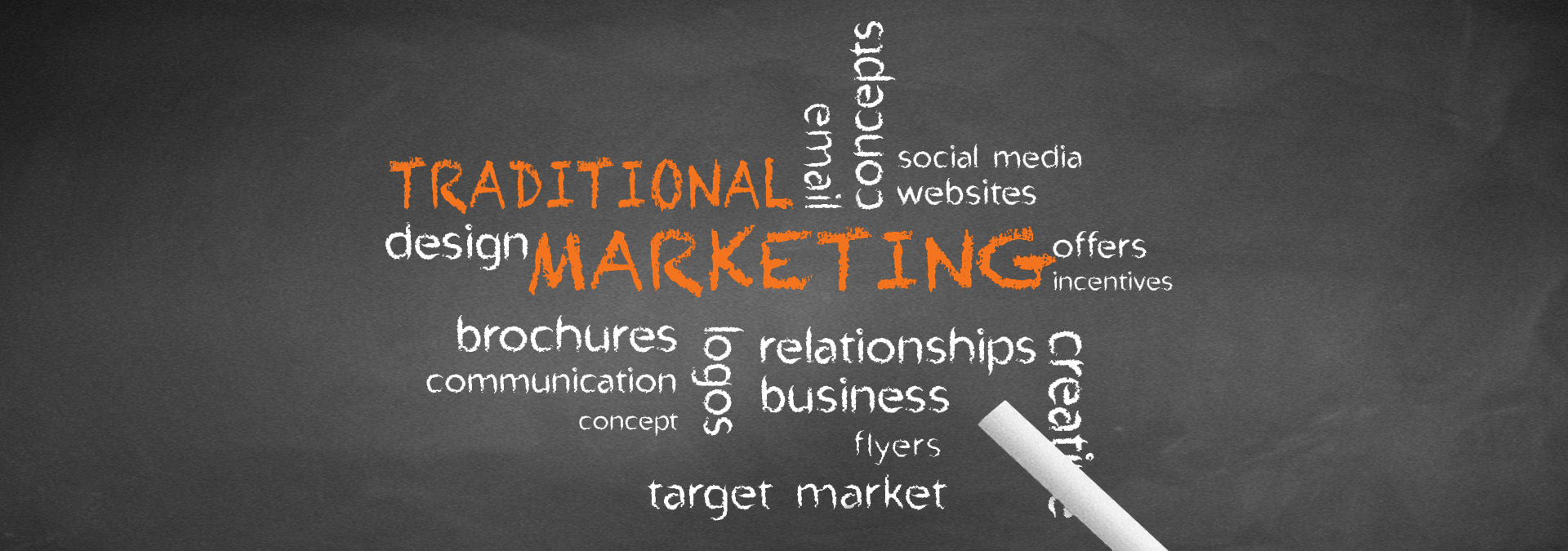
Marketing is a major arm of any business or non-profit enterprise. The modern age of marketing encompasses an array of techniques and tactics, from more traditional practices like print media adverts to the most revolutionary digital marketing processes. We have come a long way, and marketing approaches and practices have evolved in ways that could never have been envisaged decades ago.
What is Marketing?
Marketing is the process by which products and services are developed to meet the needs of consumers, and the effective pricing, promotion, advertising, and distribution of these. Unlike advertising alone, which has the primary aim of encouraging and closing a sale, marketing strives to comprehensively satisfy the consumer/customer.
Why is this differentiation between advertising and marketing so important?
A satisfied customer is much more valuable to a business than a dissatisfied customer – they are more likely to:
- Purchase again in future
- Provide positive recommendations
- Become lead generators
It is also easier to recapture an existing, satisfied customer than to create a new one.
In 2023, the ultimate goal of marketing is to develop, nurture, and maintain positive, long-term business-customer relationships.
This goal, however, has not always been the case, and the modern approach to marketing is quite a recent phenomenon. The way businesses market to their customer base has evolved dramatically over the last two hundred years or so.
The Evolution of Marketing
The Simple Trade Era
Before the Industrial Revolution, consumption was based on a pure subsistence economy. Dating to ancient times, people used what they had, made the most of what they consumed, and sold or traded unwanted or excess goods for other goods they needed. With very limited availability of “luxury” goods, there was no real need for marketing (except for a very niche, wealthy market) as we understand it, as households generally self-produced what they consumed.
This approach changed with the advent of the Industrial Revolution. Many producers of goods now became commercial enterprises as opposed to households and, as the product producer was not the consumer, exchange processes also altered.
The Production Era
From the mid-1800s until the 1920s, marketing was primarily advertisement-based. The goal of businesses was to gain a market share over their competitors. There was a single-minded focus by businesses on mass production and low manufacturing costs, and products were made to be affordable and readily available to consumers. Quantity rather than the quality of output was the focus. Advertising actively promoted low prices and adverts featured detailed explanatory text.
The Sales Orientation Era
From the 1930s through the 1940s, sales tactics became much more competitive. Companies were still focused more on sales volume than customer satisfaction and attaining sales that were driven by low prices – the quality of the product was still not the primary consideration.
Businesses strove to captivate consumer attention through sales promotions and advertisements that were more image-based and eye-catching. Marketing was only considered after the product was produced and was solely focused on selling. The saturation of door-to-door salesmen was born in this era. Advertising utilised newspapers, radio, and eventually, television.
The Marketing Era
By later in the 1940s, in an era of mass production, businesses began to understand that solely focusing on the business alone was not necessarily keeping customers satisfied. With more competition, customers also had plenty of options to go elsewhere for what they needed. As such, marketing tactics evolved to consider what customers themslves needed and wanted – identifying and meeting these needs.
This was the birth of the marketing concept that business success required anticipating and meeting the needs of customers, and delivering to their satisfaction. Campaigns highlighted differences in products, and different product lines were produced by the same company for different target consumer segments.
A new focus on consumer needs resulted and became the marketing focus through the 1980s. Advertisements and marketing ultimately became iconography-focused, with brand marketing at the forefront (think Mcdonald’s or Coca-Cola).
The Relationship Era
Since the 1980s, relationship marketing has become the focus and this has never been more important than it is today.
Consumers are much savvier, and building relationships with customers is the most important aspect of business marketing. Customer engagement with a business or brand is imperative – and this is achieved through a clever mix of traditional marketing with modern, innovative practices including internet marketing, social media marketing, content marketing, email marketing, and the demonstrable commitment of businesses to sustainability, fair trade, and social justice.
In the 2020s, marketing must enable real connections and conversations between businesses and consumers – engagement, loyalty, and retention are imperative. It is about captivating storytelling, providing solutions, and building relationships.
As to the future of marketing – it’s an exciting prospect!
Written by Alana Wills
